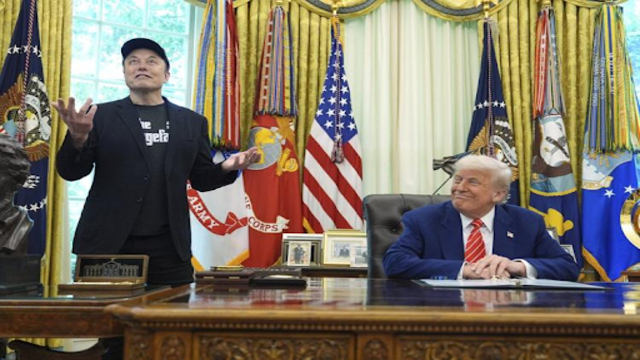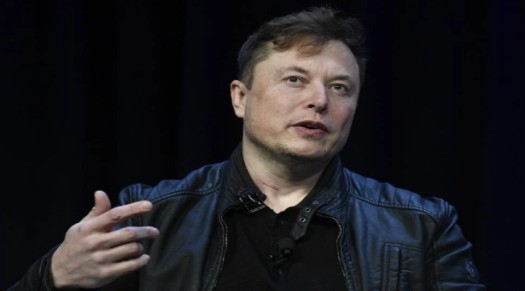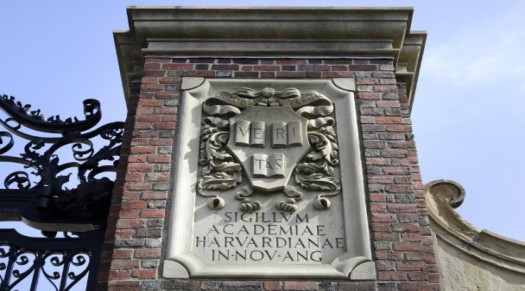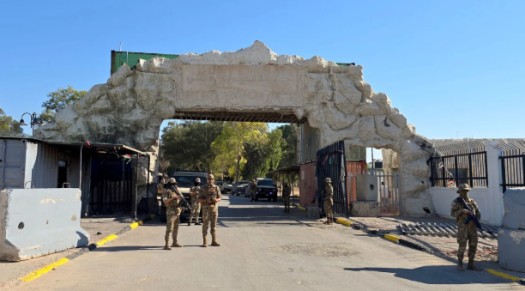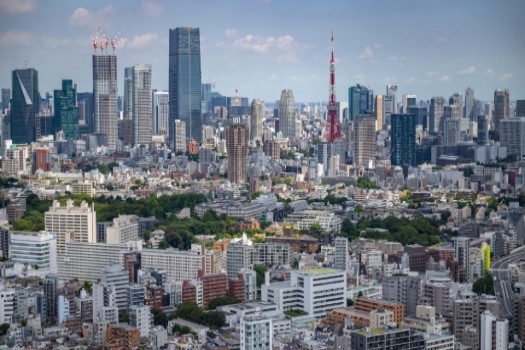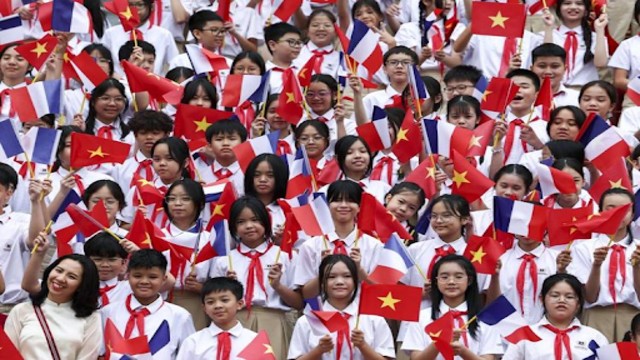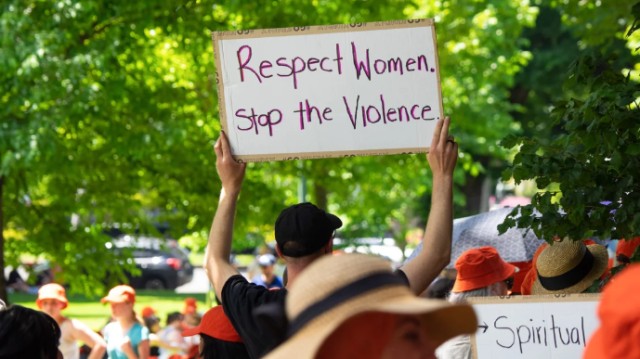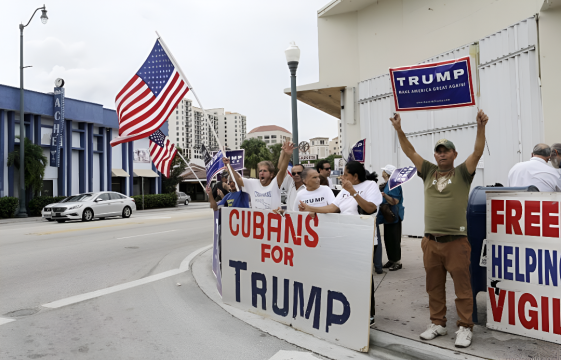
Cuban-Americans chant pro-Trump slogans as they show their support for Republican presidential candidate Donald Trump, in Miami, Oct, 28, 2016 (Ap Photo)
Donald Trump has reignited a Cold War-era tactic to discredit his critics. By branding his opponents as "communists," the former president is using emotionally charged language to reshape political discourse in the United States.
This strategy isn’t new for Trump. But in his second term, the use of the word "communist" has intensified. From judges to educators, he paints anyone opposing his policies as a threat to American values.
A Strategy Built on Labels
During a campaign stop in August last year, Trump revealed his game plan. Speaking at his New Jersey golf club, he declared, “All we have to do is define our opponent as being a communist or socialist.” That’s exactly what he did—calling his opponent “Comrade Kamala.” The message resonated with nearly 78 million voters.
Not About Real Communism
Experts argue that Trump’s use of the word has little to do with its actual meaning. Countries like China, Cuba, and North Korea still follow communist ideologies. The United States, however, does not.
“Unless someone believes the government should run Tesla or U.S. Steel, they’re not really communists,” said Raymond Robertson of Texas A&M University. Still, the label holds power. Decades of fear from the Cold War era haven’t completely vanished. For many older Americans, the term triggers memories of paranoia and national insecurity.
A Term With a History
This isn’t the first time the word “communist” has been used to instill fear. The Red Scare of the 1920s and McCarthyism in the 1950s both thrived on accusing people—often without proof—of communist ties. Careers were destroyed, and lives were ruined. The emotional weight of the term still lingers, especially among voters over 45.
Modern-Day Red Scare Tactics
Trump’s recent speech in Michigan echoed these tactics. Celebrating 100 days in office, he warned about “communist radical-left judges” obstructing the law. His team doubled down. A few days later, aide Stephen Miller repeated the term four times during a press briefing.
Miller linked it to Trump’s opposition to transgender rights, diversity initiatives, and immigration policies. He called these efforts part of a “cancerous, communist woke culture.” The repetition was no accident. It was designed to go viral and strike a chord with a specific audience.
Political Rhetoric, Not Policy Debate
Jacob Neiheisel, a political communication expert, believes the term is used to “minimize legitimacy.” It’s not about real ideology but about reducing opponents to a label that evokes fear.
Trump's mentor, Roy Cohn, who once worked under Senator Joseph McCarthy, may have influenced this playbook. McCarthy’s anti-communist crusade once gripped the nation. Now, Trump is tapping into the same emotions to frame modern-day policy disagreements.
Economic Struggles and Timing
Trump's renewed focus on communism coincides with economic turbulence. A recent poll revealed waning support for his priorities. Meanwhile, his tariffs on China are disrupting business, leading to a shrinking economy in early 2025.
Even Trump has acknowledged potential downsides. Prices may rise, and products could become scarce. Still, he insists that China will suffer more under his trade policies.
The Real Debate: Government's Role
Robertson points out that the actual conversation isn't capitalism versus communism. It's about the government’s role in society. Trump’s rhetoric sidesteps this nuance. Instead, he uses a label that triggers strong emotions and simplifies complex debates.
“Calling moderates ‘communists’ misleads people but grabs attention,” Robertson said. “It creates anger, and anger drives engagement.”
Conclusion
Trump’s use of the word “communist” is more than name-calling. It’s a calculated strategy designed to stir emotion, generate headlines, and dominate the political narrative. While rooted in outdated fears, the tactic proves effective in today’s fast-paced media landscape.






